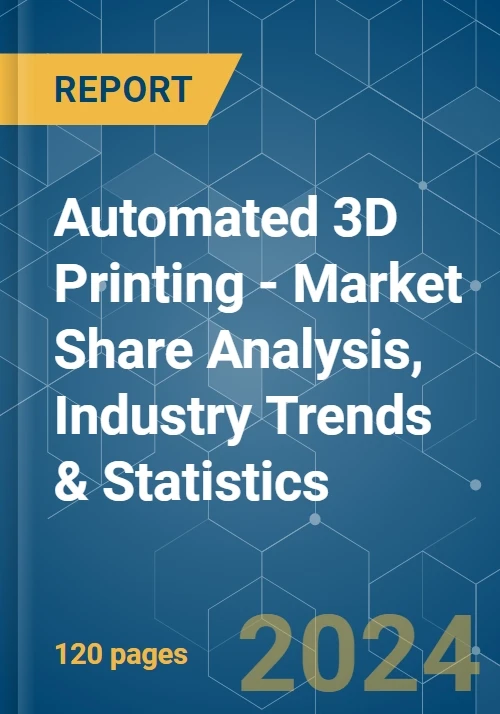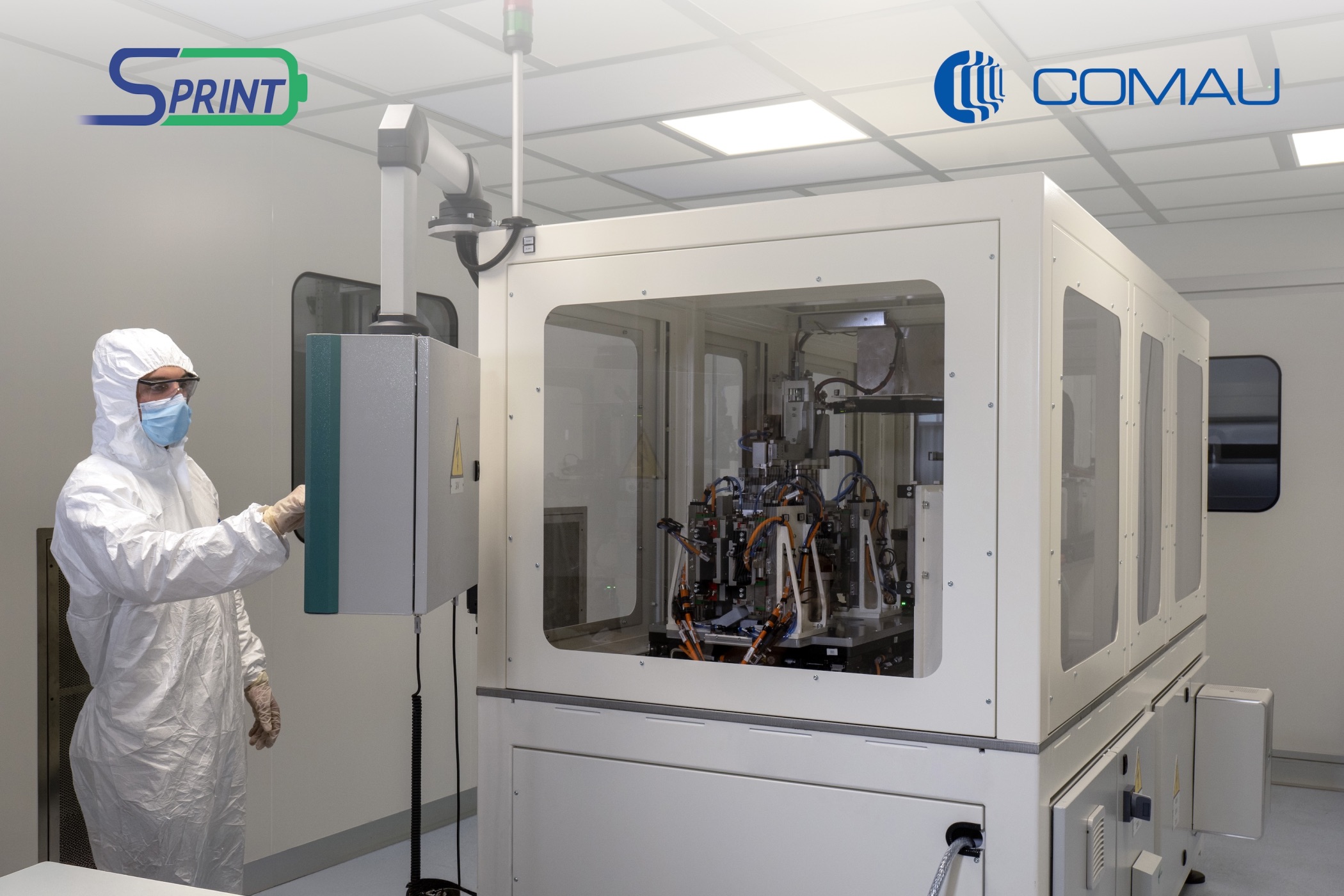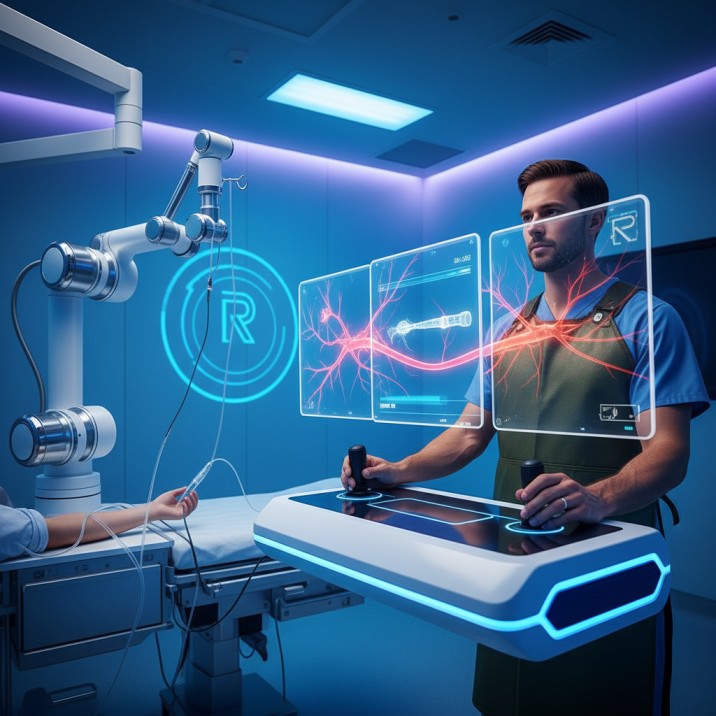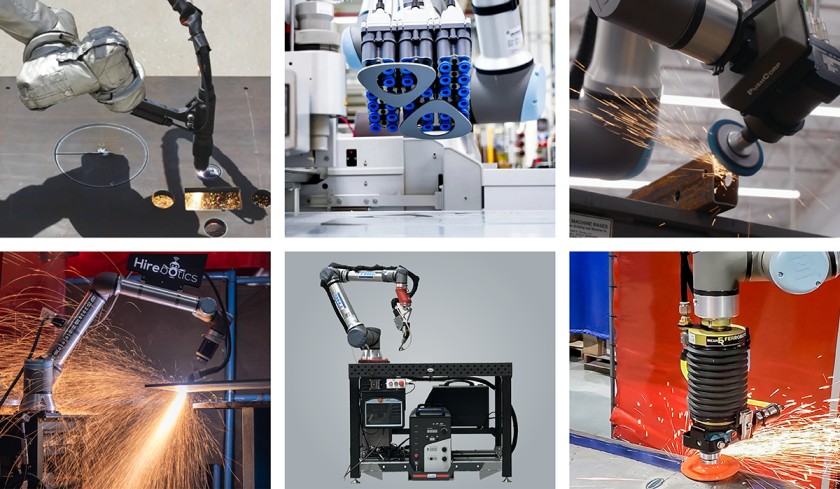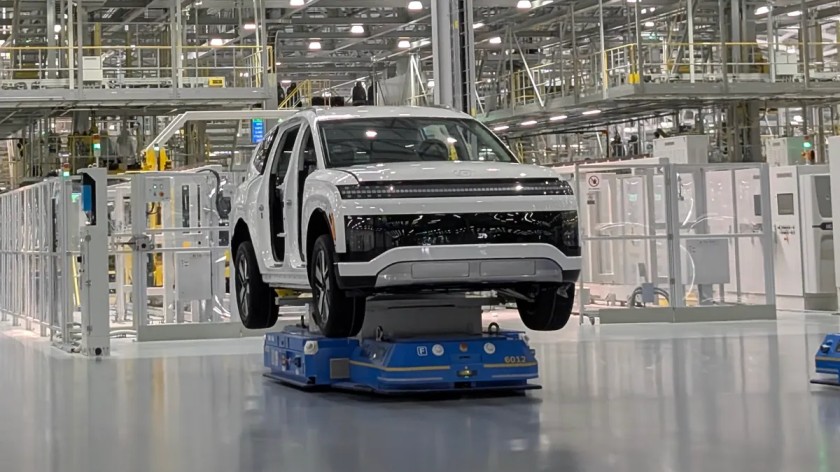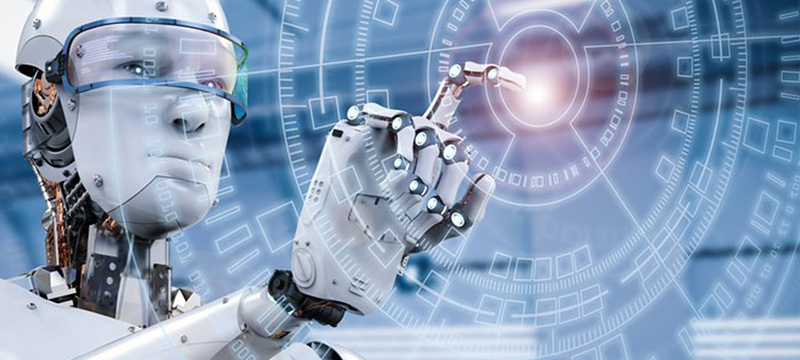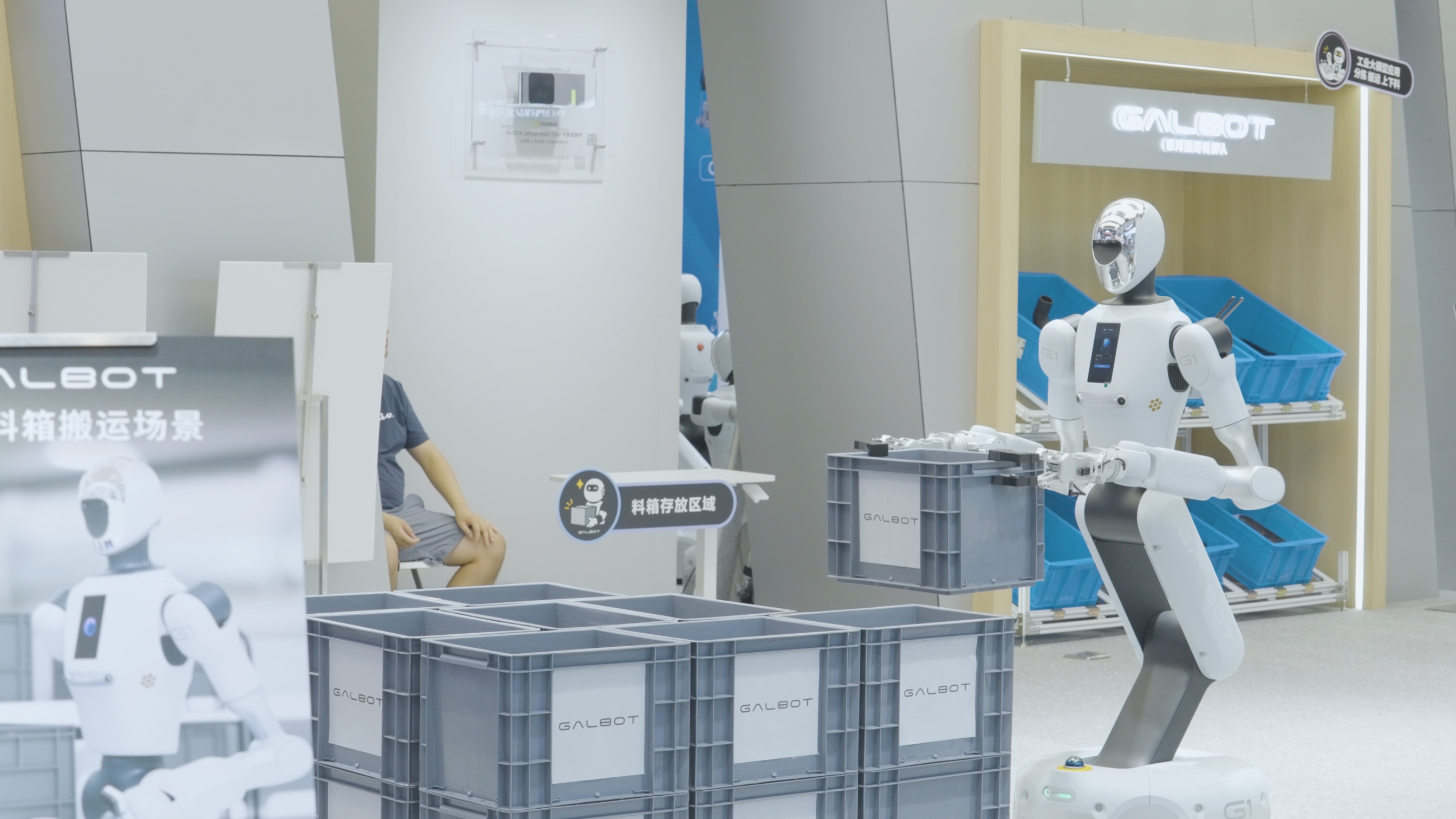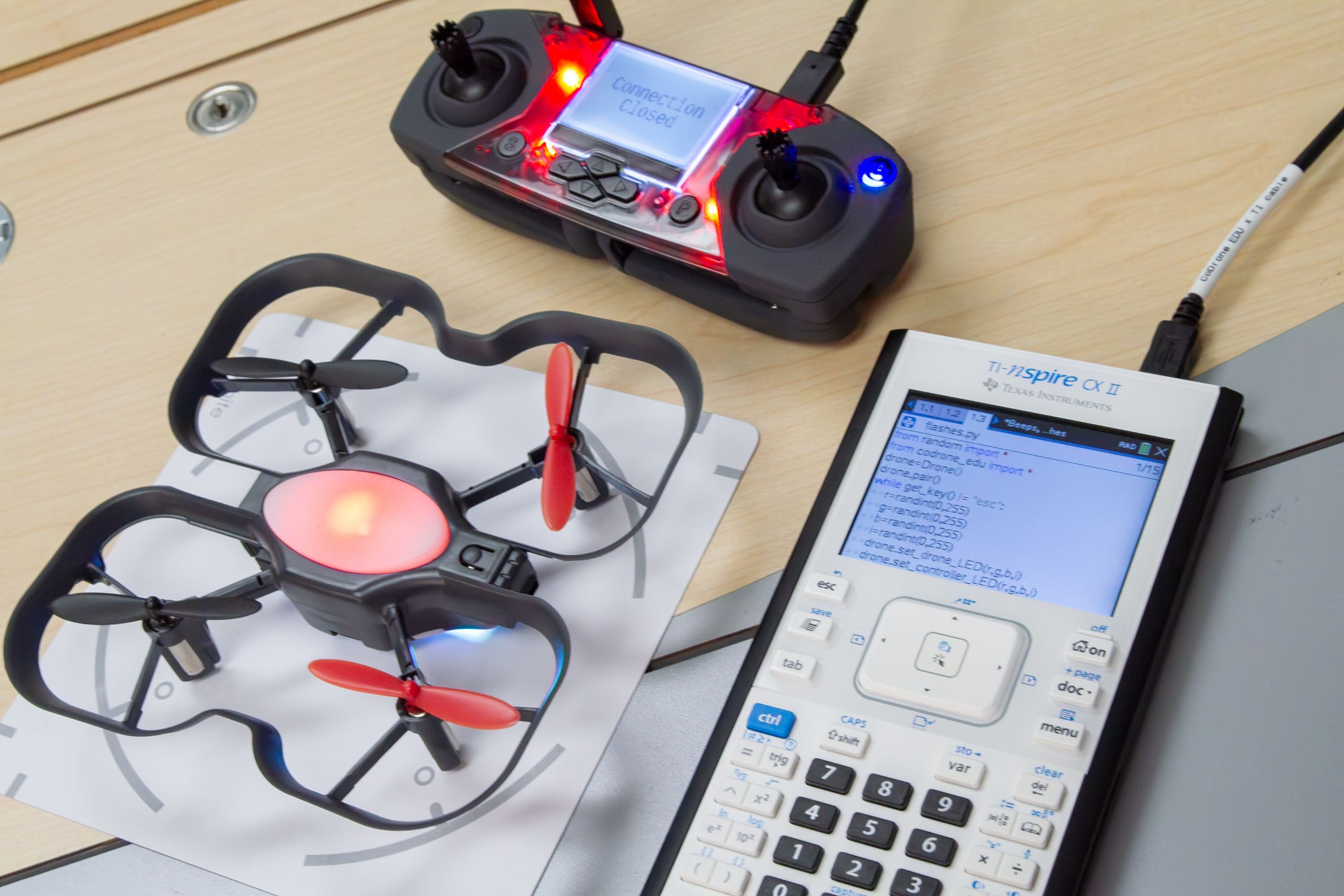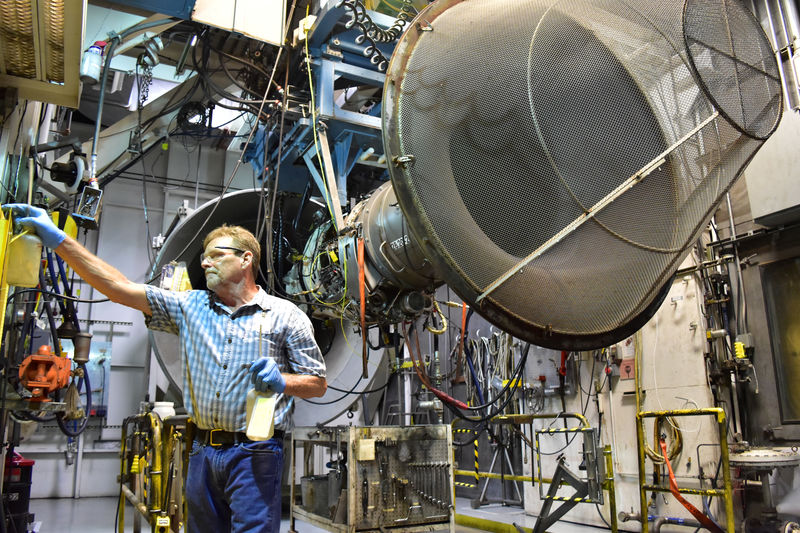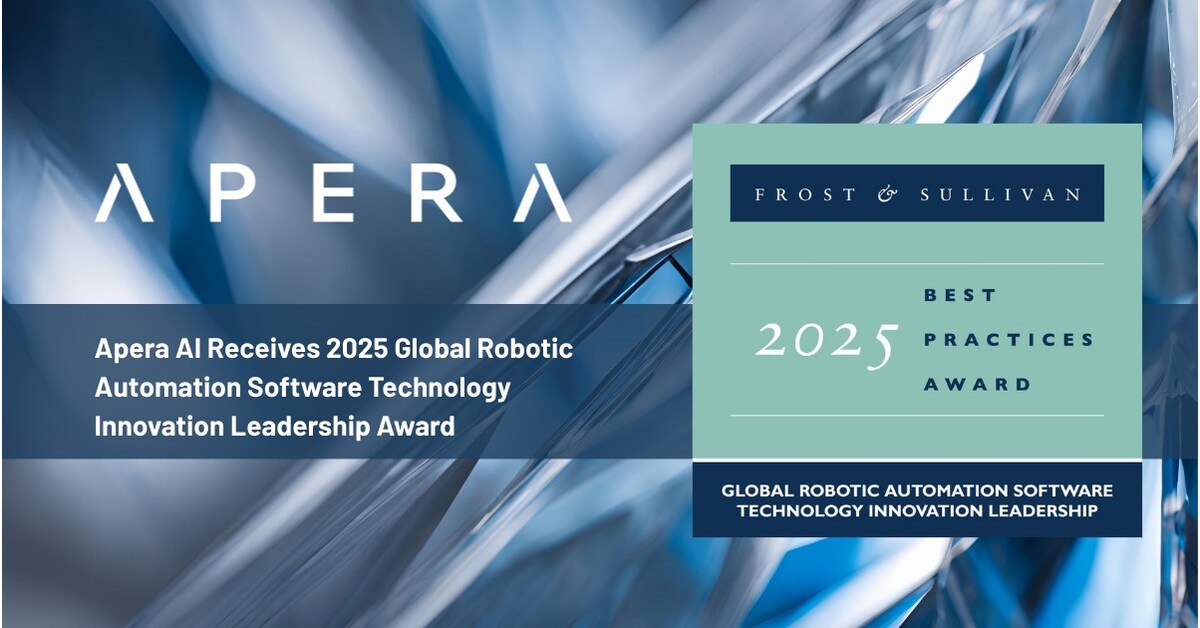Robotics Industry Size & Share Analysis - Growth Trends & Forecasts (2024-2029)
02 October 2024 | Analysis
Robust Growth Ahead for the Global Robotics Market
The global robotics market is expected to witness substantial growth between 2024 and 2029, fueled by advancements in automation, artificial intelligence (AI), and rising demand for operational efficiency. The market is projected to expand from USD 89.68 billion in 2024 to USD 159.28 billion by 2029, with a CAGR of 12.17%. Key drivers include escalating labor costs, precision needs in manufacturing, and the widespread adoption of robotics across various sectors, including healthcare, logistics, and defense.
Image Source | Public Domain
Robotics Industry Size & Share Analysis - Growth Trends & Forecasts (2024-2029)
The global robotics market is expected to grow significantly between 2024 and 2029, driven by advancements in automation technology, artificial intelligence (AI), and the increasing need for operational efficiency across industries. The market is projected to grow from USD 89.68 billion in 2024 to USD 159.28 billion by 2029, at a compound annual growth rate (CAGR) of 12.17%. This growth is largely due to rising labor costs, the need for precision in manufacturing, and the expanding applications of robotics in diverse sectors like healthcare, logistics, and defense.
Market Segmentation:
-
By Type:
- Industrial Robotics: These robots are extensively used in manufacturing industries for tasks like welding, assembly, and material handling.
- Service Robotics: Service robots are seeing increasing demand in fields such as healthcare, logistics, and defense for tasks ranging from surgery to surveillance.
-
By End-User:
- Industrial: Key industries include automotive, electronics, and food & beverage sectors, where robots improve productivity and safety.
- Service: Service robots are gaining ground in healthcare, logistics, and military applications, improving efficiency in tasks like patient care, deliveries, and combat support.
-
Geography:
- Asia-Pacific: The region is expected to dominate the robotics market due to the strong industrial base in countries like China, Japan, and South Korea.
- North America and Europe: These regions are also witnessing robust growth, driven by advancements in AI and automation technologies.
Key Market Trends:
-
Industrial Robots Continue to Lead: As industries prioritize automation to reduce costs and improve operational efficiency, industrial robots remain a key growth driver, especially in manufacturing.
-
Rise of Service Robots: Professional service robots are gaining traction in non-manufacturing sectors, from medical robots in hospitals to autonomous drones in military applications. They are expected to witness the fastest growth during the forecast period.
-
Increasing Use of AI and Machine Learning: Integration of AI and machine learning into robotics is enhancing the capabilities of robots, allowing for greater autonomy and flexibility in performing tasks across industries.
-
Adoption of Cobots: Collaborative robots, or "cobots," designed to work alongside humans, are increasingly being deployed in industries due to their ability to improve safety and efficiency.
Competitive Landscape:
The robotics market is highly competitive, with major players such as ABB Ltd, Yaskawa Electric Corporation, Denso Corporation, Fanuc Corporation, and KUKA AG leading the charge. These companies are focused on innovations in robotics technology, expanding their product offerings to meet the growing demand for automation across various industries.
Future Outlook:
The market is expected to continue its robust growth trajectory, driven by technological advancements, increasing automation in industries, and the expansion of service robots in healthcare and logistics. As countries invest more in digital transformation and smart manufacturing solutions, the robotics market will play a critical role in shaping the future of global industry.
For more details, the full report can be accessed here.


